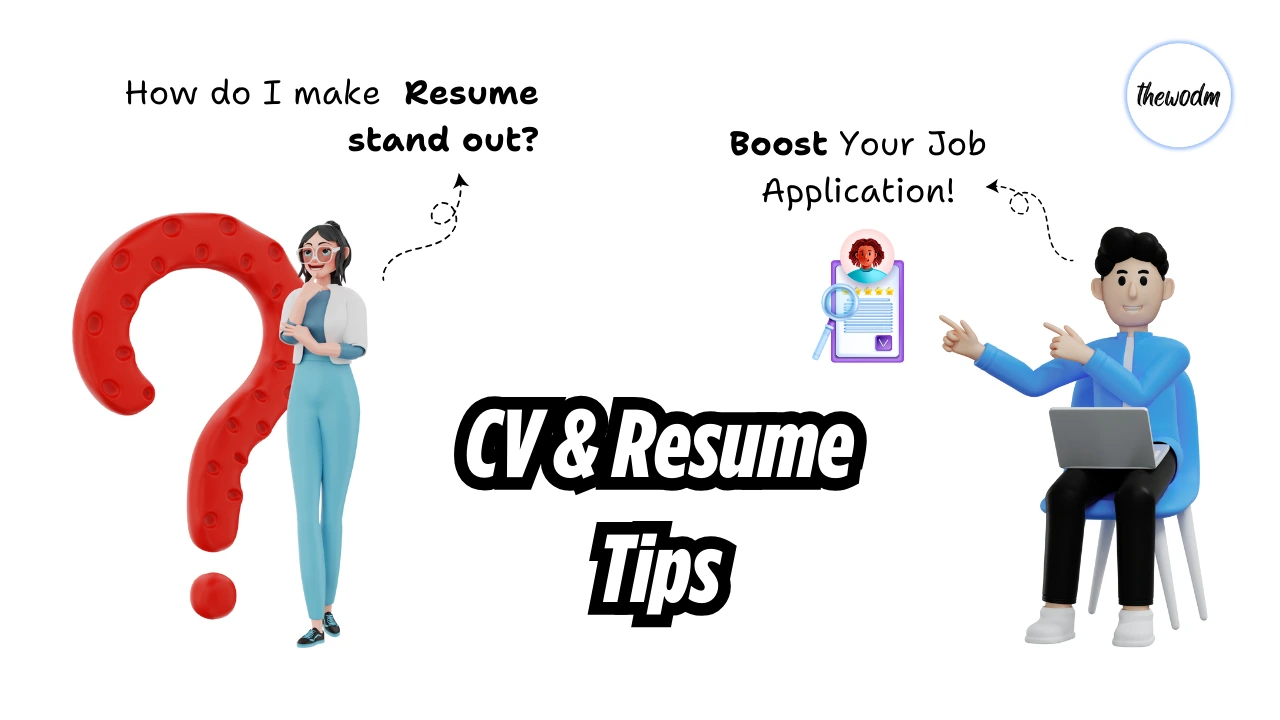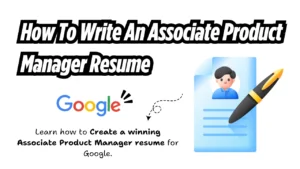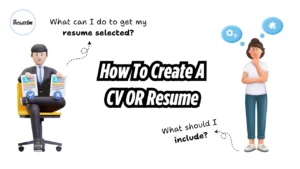Mastering CVs and Resumes: Common Doubts and Pro Tips
Introduction: Understanding the Basics
What is a CV?
A Curriculum Vitae (CV) is a detailed document highlighting your academic achievements, professional experiences, skills, and certifications. It’s typically used for academic, research, or global job applications.
What is a Resume?
A resume is a concise summary of your skills, experiences, and qualifications tailored to a specific job. It’s widely used in corporate and private sectors.
Key Difference: CVs are more detailed and comprehensive, while resumes are brief and targeted.
Common Doubts About CVs and Resumes
1. CV vs. Resume: Which One Should I Use?
- CV: Suitable for academic, scientific, or research positions.
- Resume: Ideal for corporate jobs in industries like IT, Marketing, or Finance.
2. How Long Should My Resume Be?
- Entry-level professionals: 1 page.
- Mid-level to senior roles: 2 pages, focusing on relevant experiences.
- CVs, especially academic ones, can span 2-3 pages or more.
3. What Format Should I Use?
- Reverse Chronological: Most recent experience first. Best for steady career growth.
- Functional: Focuses on skills over job history. Ideal for career changers.
- Combination: Blends skills and chronological work experience.
Essential Sections to Include
For a Resume:
Contact Information
- Name, professional email, phone number, LinkedIn profile.
Professional Summary/Objective
- A brief overview of your qualifications and career goals.
Work Experience
- Use action verbs like “Led,” “Managed,” “Developed” to describe your achievements.
Skills
- Highlight technical (e.g., Python, SEO) and soft skills (e.g., leadership, communication).
Education
- Include your degree, institution, and graduation year.
Certifications and Training (if applicable)
For a CV:
- Include the same sections as a resume, plus:
- Publications (for academics).
- Research Experience.
- Professional Memberships.
Pro Tips for a Winning CV/Resume
1. Tailor It to Each Job
- Use the job description to highlight relevant skills and achievements.
2. Use Keywords
- Optimize for Applicant Tracking Systems (ATS) by including industry-specific keywords.
3. Quantify Achievements
- Example: “Increased sales by 25% in 6 months” or “Managed a team of 10 employees.”
4. Keep It Visually Appealing
- Use clean, professional fonts like Arial or Calibri.
- Maintain consistent formatting with proper spacing.
Common Mistakes to Avoid
Using One Resume for All Applications
- Customize for each role to improve your chances.
Grammatical Errors
- Proofread or use tools like Grammarly to avoid mistakes.
Overloading with Unnecessary Information
- Focus on what’s relevant to the job.
Outdated Contact Information
- Ensure your email and phone number are current.
Not Sure Which One You Need?
Whether you’re leaning toward a CV or a resume, I’ve got you covered. Check out my step-by-step guides to create a document that matches your career goals:
👉 How to Create a CV or Resume?
👉 How to Write a Cover Letter That Stands Out?
Start building your professional future today!
Free Templates and Resources
- CV / Resume Templates – Overleaf, Google Docs, Canva etc.


